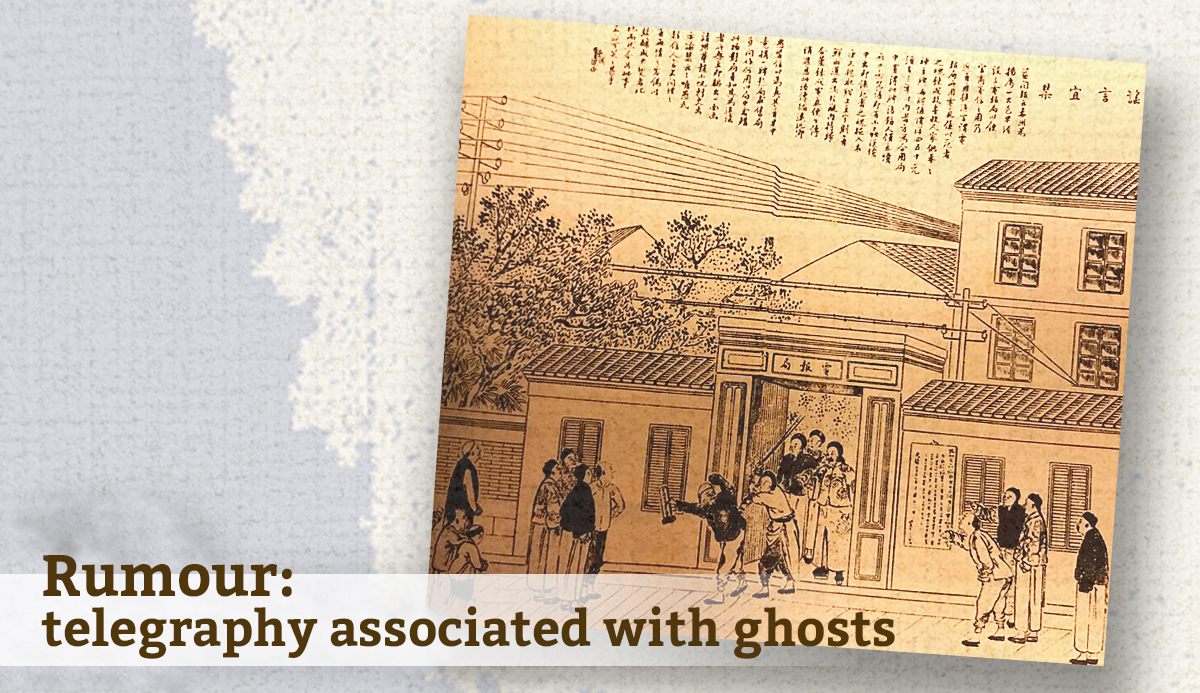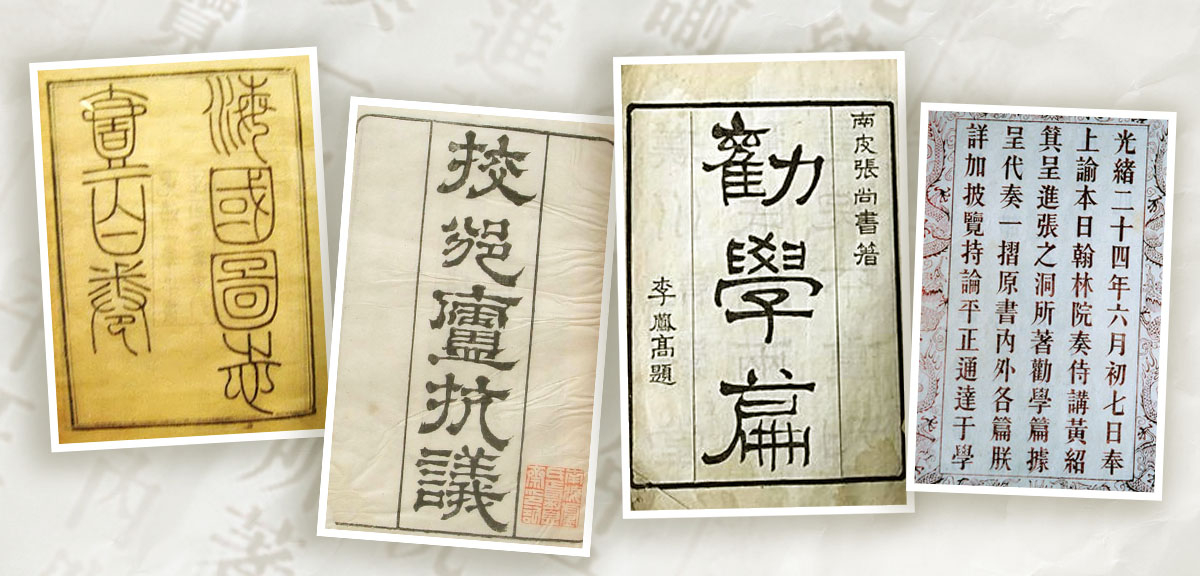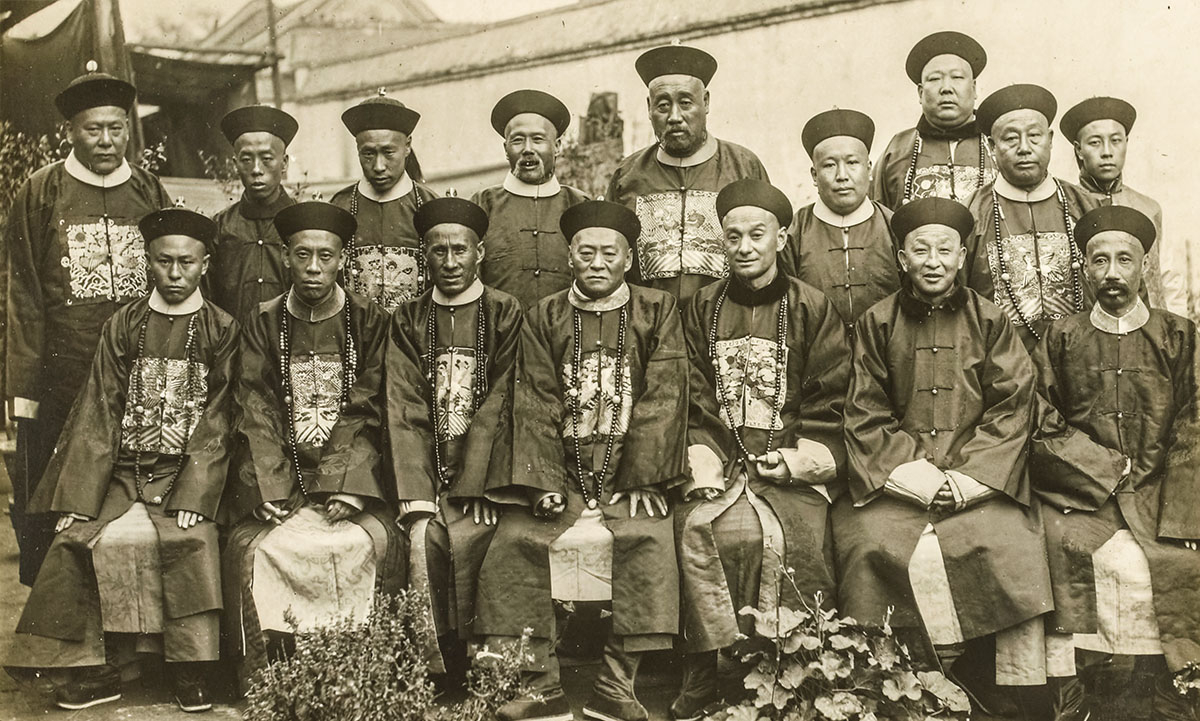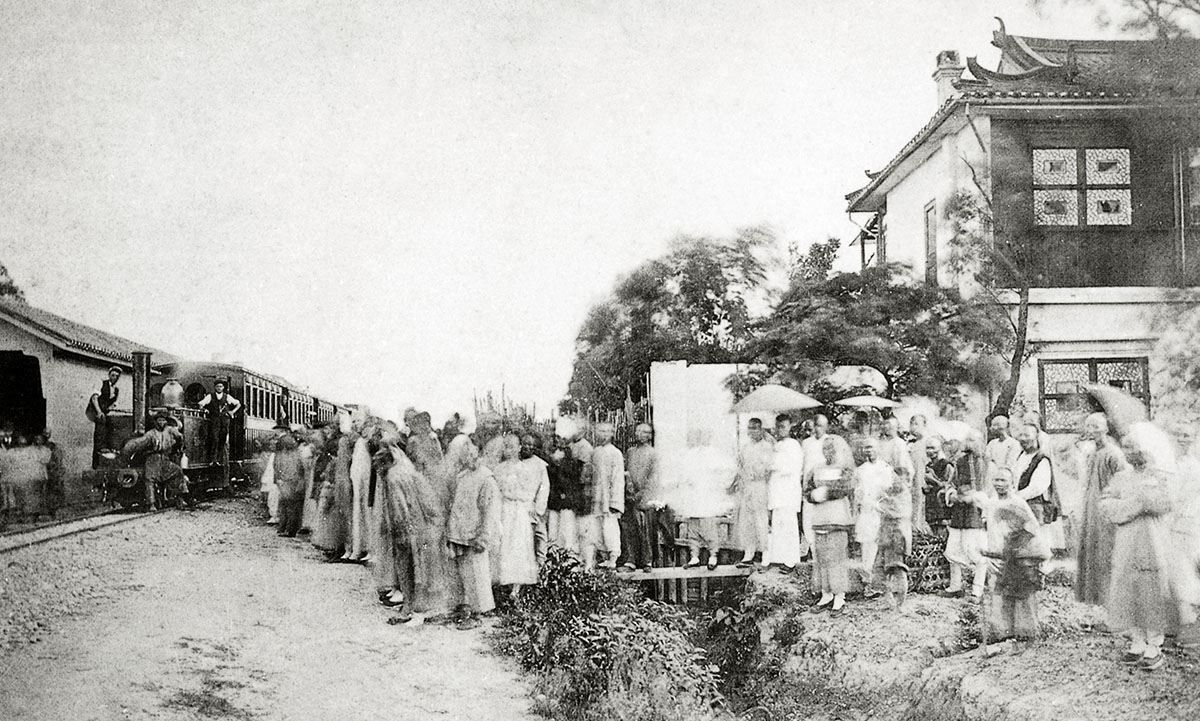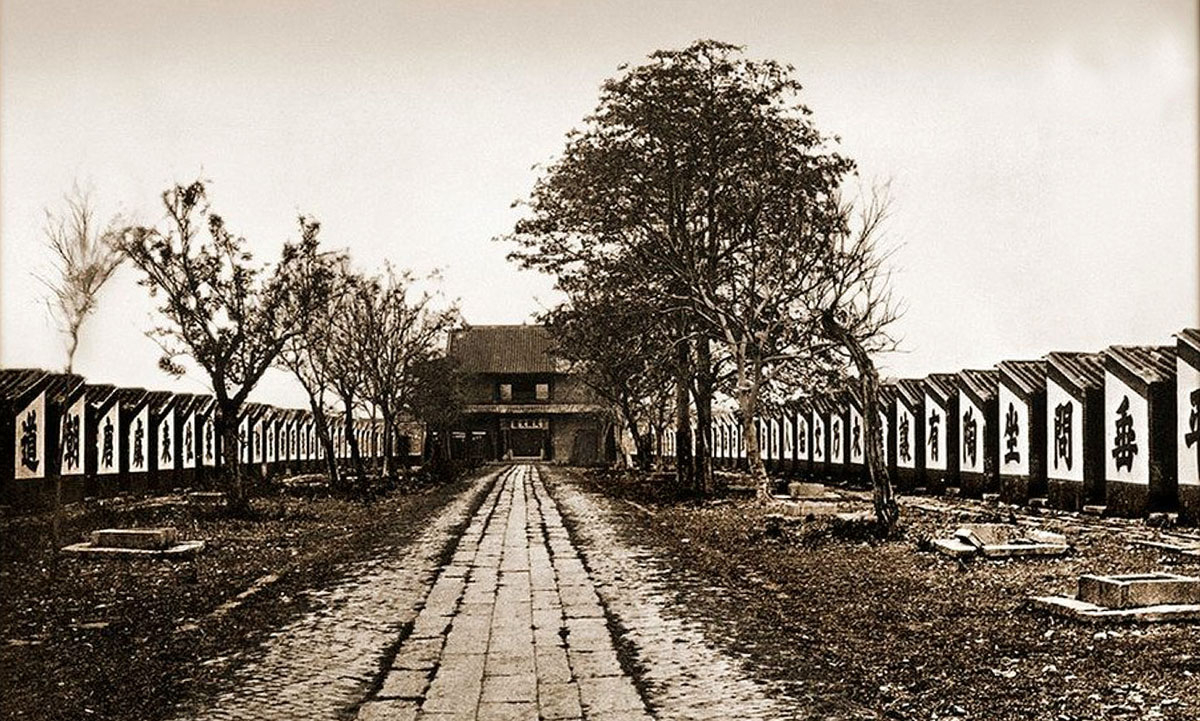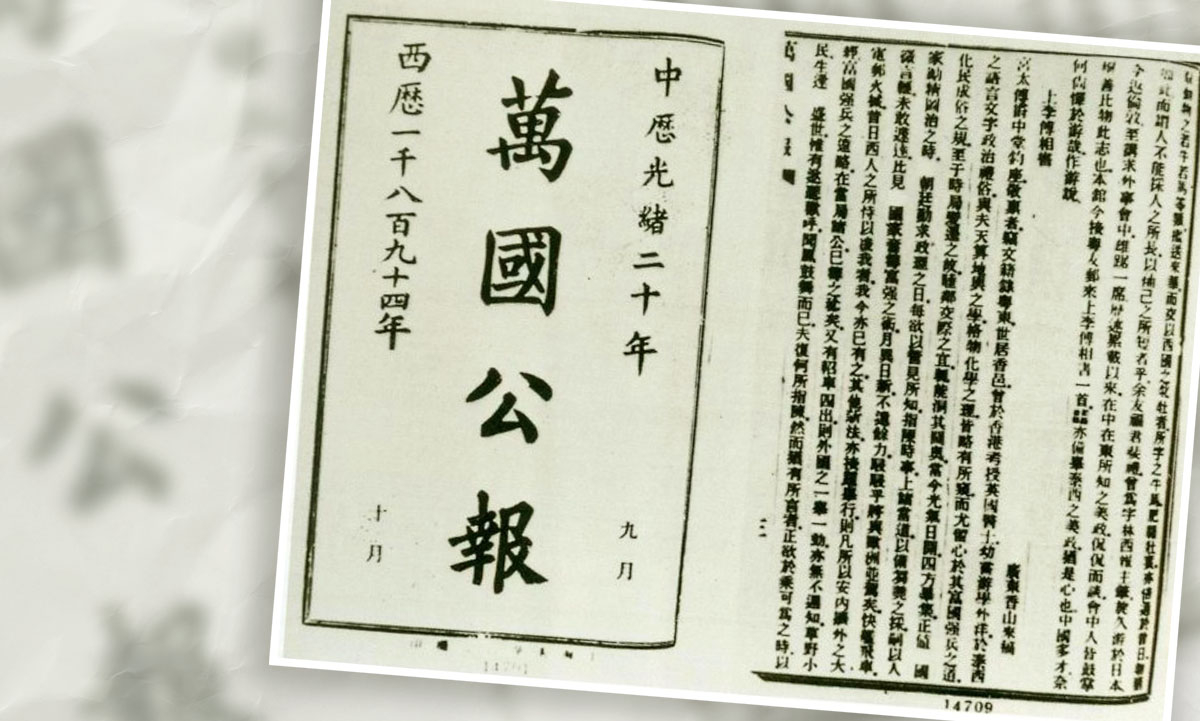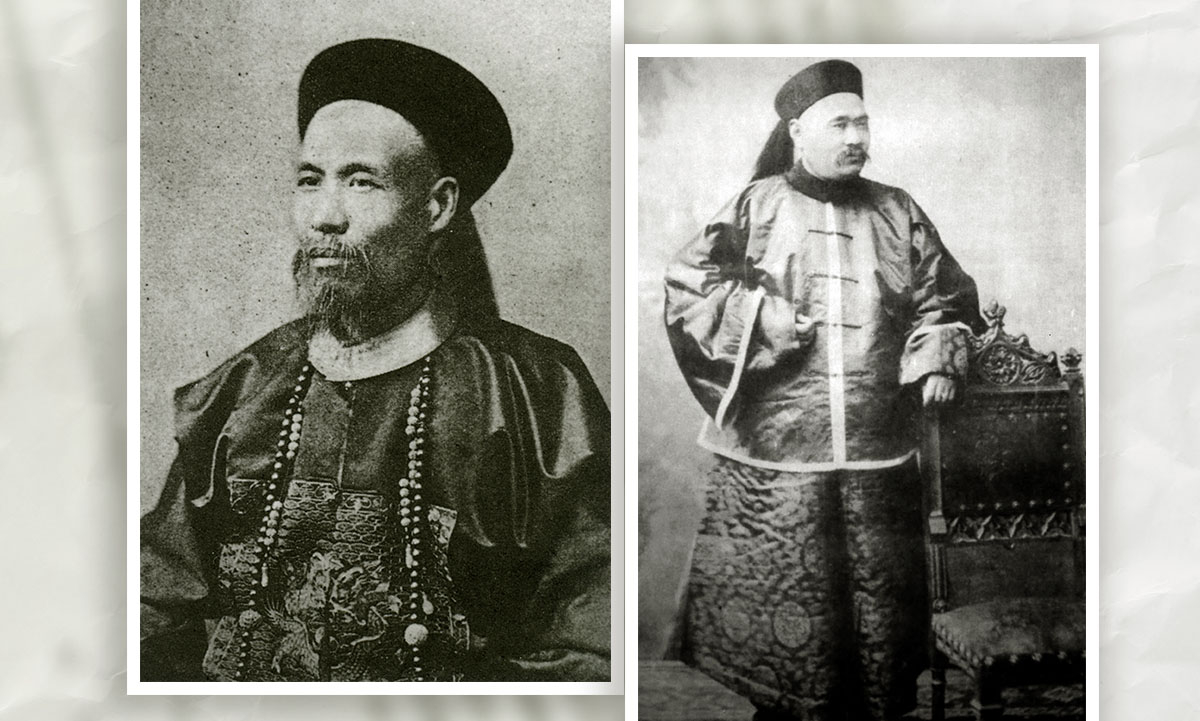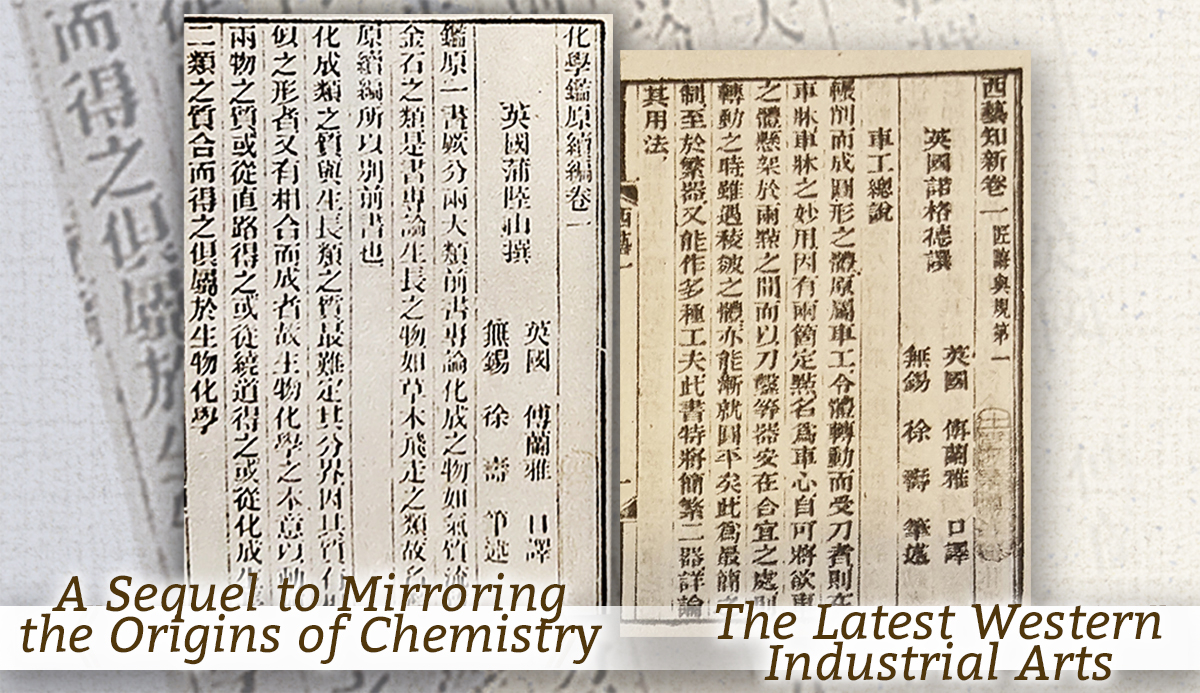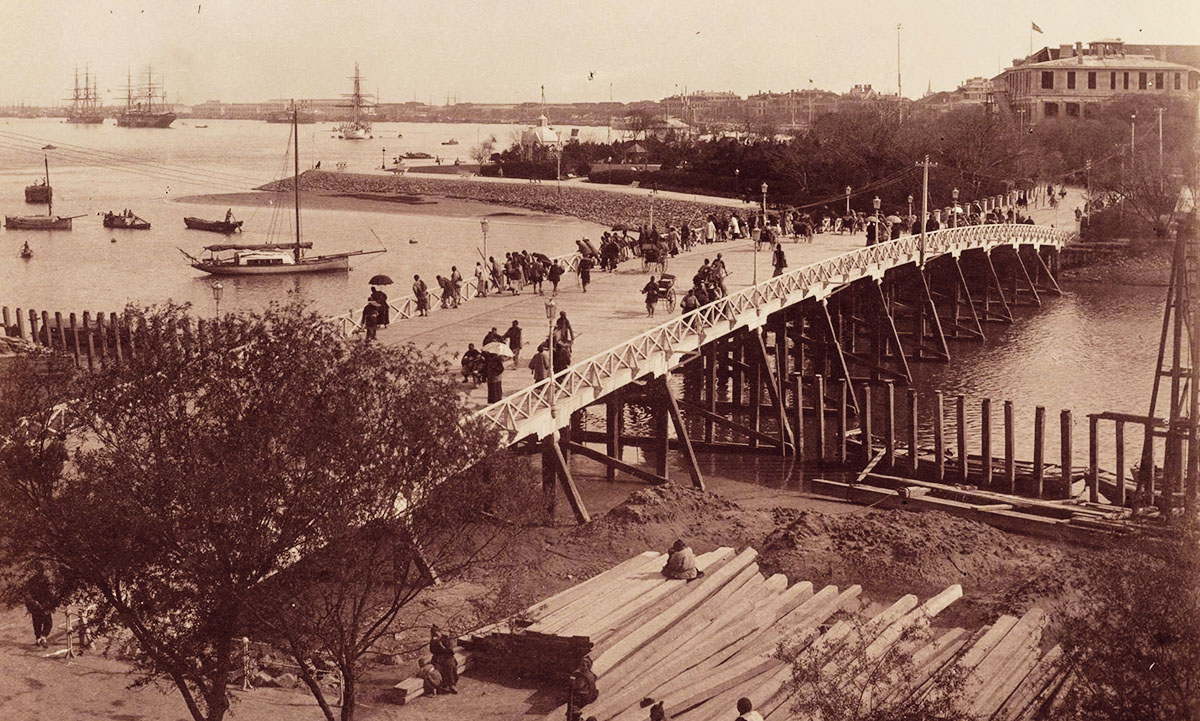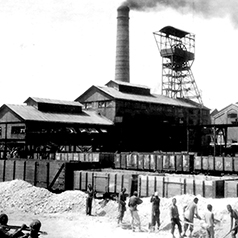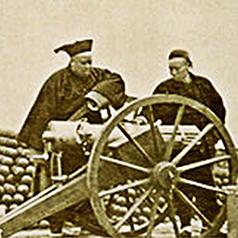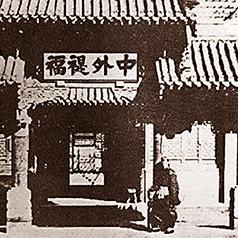The Self-strengthening Movement was launched to make China strong and prosperous. The Western Affairs Camp (洋務派) touted the Beiyang Navy (北洋海軍) as the pinnacle of its achievements. When this brand-new navy was annihilated in the First Sino-Japanese War, it simultaneously spelt the end of the movement. One of the reasons the movement failed was that its guiding principle of pursuing “Chinese learning for substance, Western learning for practical application” was fundamentally flawed. The core value that must be protected, according to the Western Affairs Camp, was the Qing regime and its authoritarianism. They mistakenly believed that they could become strong simply by obtaining Western armaments. By pursuing the most superficial aspects of Western knowledge, they missed out on its more valuable offerings, which also left China overly dependent on Westerners for the supply of Western technology. Apart from that, as the Self-strengthening Movement never managed to undertake radical education reform, leaving the masses remained largely resistant to new ideas and practices from the West. They even did their best to oppose and hamper the changes at every turn. Moreover, the Empress’s Faction (后黨), which held most of the power at court, did not want to make any fundamental changes. Empress Dowager Cixi (慈禧太后), who was the head of the Empress’s Faction and held sway over national affairs, was known to have redirected naval funds to refurbish the Summer Palace (Yiheyuan, 頤和園), her own pleasure garden.
Nevertheless, as China’s first attempt at learning from the West in the early modern era, the Self-strengthening Movement changed China’s military, education, and economy. Its influence on modern-day China and the development of national defence, industry and commerce, society and culture should not be dismissed.
|
|
Despite its grand ambitions, the Self-strengthening Movement was an abject failure. How should we evaluate it objectively? |
|
|
See answer below. |
The inherent weakness of the Self-strengthening Movement had much to do with its guiding principle of pursuing “Chinese learning for substance, Western learning for practical application”. Pictured are some key works and a royal decree related to the concept. From the left: Illustrated Treatise on the Maritime Kingdoms (《海國圖志》) authored by Wei Yuan (魏源); Protest from the Jiaobin Dwelling (《校邠廬抗議》) authored by Feng Guifen (馮桂芬); Exhortation to Learn (《勸學篇》) authored by Zhang Zhidong (張之洞); and a royal decree issued by the Qing government in 1898 to promulgate Zhang’s Exhortation to Learn.
The concept of Zhongti Xiyong (中體西用) meaning pursuing “Chinese learning for substance, Western learning for practical application” encapsulated the view that education should be oriented around Chinese knowledge. It accepted that Western knowledge was worth learning but useful only on a technical level. While this approach was not fully developed during the Self-strengthening Movement, it nevertheless served as the guiding principle throughout all of the Qing’s reforms in the early modern era.
The concept first emerged after the Opium War when some began to advocate it, notably Wei Yuan, who proposed “learning the skills that the barbarians excel in so as to subdue them (師夷長技以制夷)” in his 1843 work Illustrated Treatise on the Maritime Kingdoms. Feng Guifen, in his 1861 work Protest from the Jiaobin Dwelling, also proposed “adopting Western methods for enriching and strengthening the country while retaining Chinese morals and the Confucian ethical code”. These formed the basis for the guiding principle that would be adopted by the Western Affairs Camp for the Self-strengthening Movement. Zhang Zhidong, who had many years of experience in dealing with foreign matters, expounded this theory in Exhortation to Learn, a well-known publication released in 1898 (when the Self-strengthening Movement had already come to an end following China’s defeat in the First Sino-Japanese War). “Chinese learning for substance, Western learning for practical application” was a view consistently reiterated throughout the piece, forming a relatively complete theoretical system. It was highly regarded by the government and influenced China’s subsequent reforms. However, it failed to deal with and reconcile the differences between Chinese and Western cultures. As a result, whenever a conflict arose between the two during reform movements, proponents of the more modern and advanced approach usually ended up having to yield to those with more conservative views. This seriously hampered the progress.
A group photo of the late Qing officials. The vast bureaucracy that propped up the Qing regime was comprised of bureaucrats who grew up studying the traditional, more orthodox Confucian disciplines. Thus, most preferred maintaining the status quo. Hampered by the hidebound bureaucracy and reluctance on the part of Empress Dowager Cixi, the real power holder, to make any fundamental systemic changes, the promotion of Western affairs in China was an uphill battle.
Many among the bureaucrats were opposed outright to Western affairs and often ridiculed the Western Affairs Camp. Even Yixin (奕訢), also known as Prince Gong (恭親王), the leader of the Western Affairs Camp, was not immune to such attacks despite his eminence. As the sixth son of Emperor Daoguang (道光帝), Yixin was given the derogatory nickname “Sixth Ghost” (鬼子六) - ghost (guizi) being the ethnic slur used to refer to foreigners - by the conservative high-ranking officials who were against Western influence. The insult to Prince Gong showed how powerful the conservative faction was.
In 1876, civilians living along the Wusong Railway (吳淞鐵路) witnessed its opening. Due to prevalent ignorance among the populace at the time of the Self-strengthening Movement, the public often strongly opposed Western novelties, thus hampering the reform. Their destruction of the Wusong Railway was an example.
While the Wusong Railway was built by a British company without obtaining the necessary authorisation, it operated smoothly after construction and was able to generate a profit, so the government could have used it properly to benefit the people and the nation. Unfortunately, after it came into operation, the railway drew the ire of the locals, who accused it of disturbing the peaceful atmosphere of the region and damaging the ancestral graves. In the end, after running for just 16 months, the Qing government had to purchase the railway for 285,000 silver taels only to dismantle it.
The prevalent ignorance among the populace impeded the promotion of Western technologies and ideas led to many jokes. Pictured is an illustration titled Rumours should be Banned (《謠言宜禁》) in the Dianshizhai Pictorial (《點石齋畫報》) published in the late Qing period. It accompanied an account of a fiasco caused by the superstitions associating telegraphy with ghosts in Taizhou (泰州), Jiangsu Province (江蘇).
In 1880, the first telegraph line in China was laid between Dagu (大沽) and Tianjin (天津). It started to relay messages the following year and as the network gradually expanded to other parts of China, more new branches were set up. In Taizhou, however, the establishment of a telegraph office led to widespread panic due to rumours claiming that the telegraph system would be powered by electricity generated from ghosts. The government had to quash the rumours quickly.
A photo of Gongyuan (貢院), the imperial civil service examination hall, located in Guangzhou (廣州) taken in 1873. The prevalent ignorance among the populace had much to do with the failure of the Self-strengthening Movement to reform China’s education system. Under the existing system, most Chinese people were uninformed as they never had the opportunity to be educated. The few people who were literate were mostly preoccupied with studying the Four Books and Five Classics (四書五經) of Confucian literature to excel in the civil service examination for an official post. Their minds were closed to new ideas. The lack of a large-scale education reform was one of the key failings that led to the demise of the Self-strengthening Movement.
Not all were blind to the inadequacies of the Self-strengthening Movement. In June 1894, not long before the First Sino-Japanese War, Sun Yat-sen (孫中山) wrote a letter to Li Hongzhang (李鴻章) in which he criticised the Self-strengthening Movement for losing sight of what was important in the pursuit of the trivial. Sun’s petition to Li was published in two parts in the 1894 September and October editions of the newspaper A Review of the Times (《萬國公報》) in Shanghai (上海).
In his letter to Li Hongzhang, Sun Yat-sen criticised the Self-strengthening Movement. He argued that the prosperity and prowess of European countries did not just lie in their possession of powerful warships and cannons, but also in their ability to make the best use of every talent, tap the potential of every piece of land, ensure everything serves its purpose, and open markets for their goods. These, he said, were the four cardinal principles for running the country. While China wished to launch grand plans and was working diligently towards a long-term goal by emulating the West to pursue strength and wealth, it saw little urgency in embracing these four principles but simply strove to acquire powerful warships and cannons. In so doing it lost sight of what was important while pursuing the trivial. Unfortunately, Sun’s letter was ignored by Li. Shortly afterwards, the First Sino-Japanese War erupted and the Qing military was crushed by the Japanese both on land and at sea, which brought the movement to an end. The turn of events, however, proved Sun’s exceptional knowledge and insight.
Famous Chinese diplomats in the early modern age. From the left: Zeng Jize (曾紀澤) and Xue Fucheng (薛福成). While the Self-strengthening Movement largely failed, it should nevertheless be credited with some achievements. On the diplomatic front, for example, the movement became the cradle of China’s first cohort of talented diplomats in this new era of modernity.
Zeng Jize, the son of Zeng Guofan (曾國藩), presented a strong and sound argument in Sino-Russian negotiations to minimise China’s losses. He was commended by the Qing government for his efforts and gained the Western diplomatic community’s respect as well.
Xue Fucheng served as an envoy to Britain, France, Italy, Belgium, and various other countries. His manner, neither overbearing nor servile, won international respect. He also studied the strengths and weaknesses of Western countries diligently, seeking ways to enrich and strengthen China. His work inspired new ideas on changing China in the early modern age.
The Self-strengthening Movement kick-started the first movement in China’s modern history to translate large numbers of Western works, teach the modern disciplines, and study overseas. In doing so, China’s cultural and education system achieved some progress. Pictured are The Latest Western Industrial Arts (《西藝知新》) and A Sequel to Mirroring the Origins of Chemistry (《化學鑑源續編》), two works translated during the movement.
Shanghai’s Garden Bridge in 1887. The people on it were enjoying the view of the Suzhou River (蘇州河). The crowds, boats, and buildings along the shore exuded a vibe of a modern metropolis. The Self-strengthening Movement helped shape China’s industrial and commercial sector in the early modern age. It also spurred the development of Guangzhou, Shanghai, and other large cities, facilitated the rise of China’s first cohort of new age entrepreneurs, and fuelled the growth of national industrial and commercial capital.
A group photo of students of the Jiangnan Naval Academy (江南水師學堂) taken inside the academy. Established in 1890, the Jiangnan Naval Academy in Nanjing was later renamed the Nanjing Naval Academy (南京海軍軍官學校). Over the years, it has trained many talented naval officers. Even after the fall of the Qing dynasty, the policies that were launched by the Self-strengthening Movement to increase China’s military strength continued to exert their influence. They played a major role in shaping China’s national defence in the early modern era.
|
|
Despite its grand ambitions, the Self-strengthening Movement was an abject failure. How should we evaluate it objectively? |
|
|
In the past, some have analysed the Self-strengthening Movement using a Marx-based class analysis. This led to their negation of the entire movement, as these researchers tended to denounce the movement’s proponents as compradors, landlords, bureaucrats, and warlords in the service of the foreign invaders. This paradigm is neither fair nor balanced to assess the movement. It completely overlooks the movement’s goal of making China stronger and wealthier, as well as the 30 plus years of service it rendered to China in building a modern industrial sector and cultivating talent. Success or failure should not be the sole criterion for evaluating historical events, nor for judging the people involved as heroes or villains and their actions as right or wrong. Many initiatives taken by the Self-Strengthening Movement - modernising China’s military, importing advanced scientific technologies, establishing industries, forming a national bourgeoisie, and developing new modes of education - were in every sense a forerunner of the later Hundred Days’ Reform and the Late Qing Reforms. The movement also laid down a foundation for the country’s modernisation process in the Republican era and even after the establishment of the People’s Republic of China (PRC). Therefore, its historical influence should be fairly evaluated, not simply dismissed. |
Source of most photos used in this feature piece: Fotoe (pictures 3, 5, 9 and 10), Visual China Group (picture 7), misc. photo sources.




